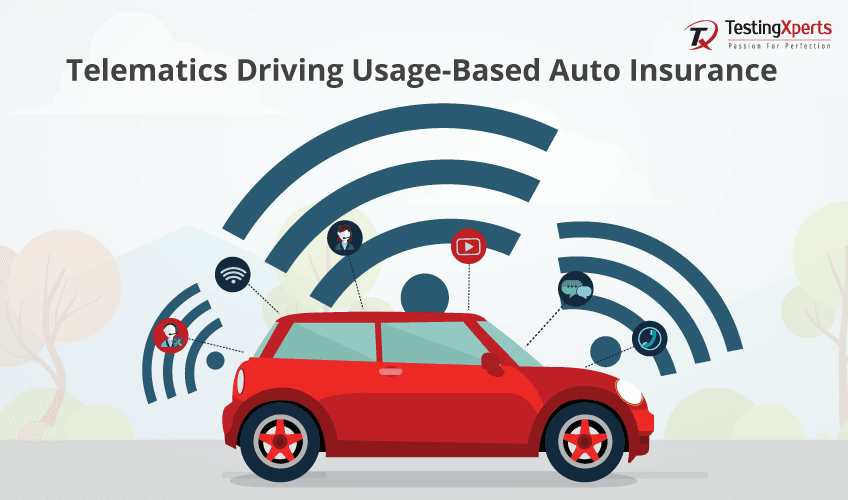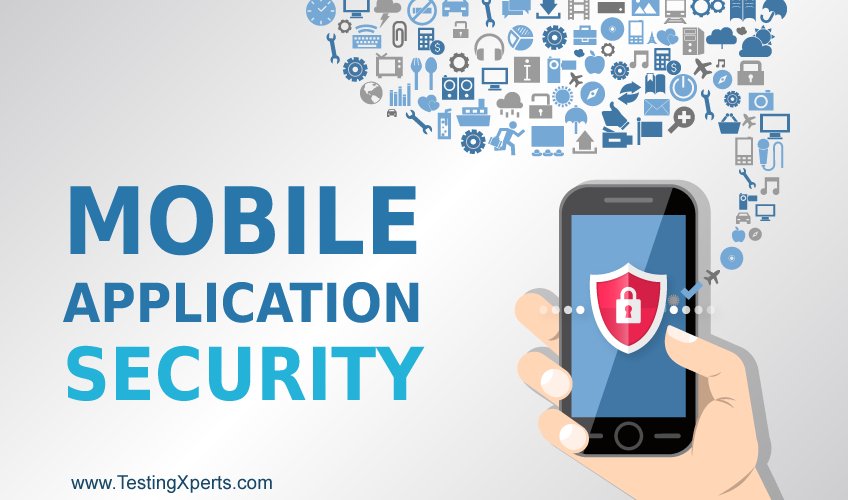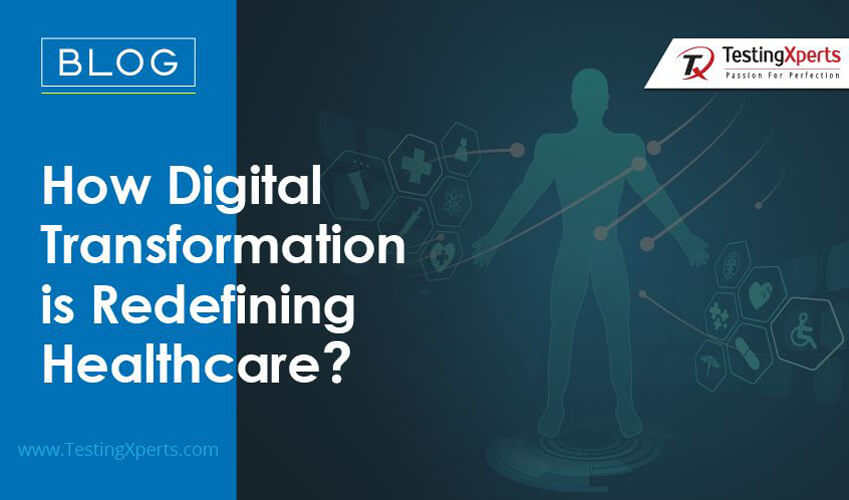
The new age automotive environment is presenting significant challenges for satellite navigation systems. High user demands are conflicting with the need for low-cost systems and complex signal environments. These days GPS positioning is usually accompanied by dead reckoning or additional inertial sensors to improve performance.
Contents
- Telematics: The Perfect Example of Technology Advancement
- The Need and Challenges of Telematics Testing
- Certain persistent challenges for software testing are
- How TestingXperts can help?
Telematics: The Perfect Example of Technology Advancement
Auto Insurance companies have relied on factors like credit-based insurance scores and the age of the driver to decide premiums as the actual driving behavior was not visible. Changes in the driving patterns took long enough to reflect in the premiums imposed. The arrival of telematics has changed this equation by letting insurance companies get clarity and measure the driving behavior and expand the pricing accuracy.
Telematics has made sure that our car is being watched over by a spy, and it is a good thing! There has been a relief for the disciplined drivers who used to pay for other people’s errors, as auto insurance companies have deployed telematics to evaluate driver risk profiles and eventually calculate premiums on the go. Telematics is the technology that helps in sending, receiving, and storing information from road vehicles.
Telematics systems are small size systems (about the size of a mobile phone), it is kept under the dashboard of the vehicles and is used by GPS technology. They are able to monitor and transmit information such as current vehicle speed against the speed limit of the road, road conditions, the braking, cornering, and accelerating habits of the driver, etc.
Insurance companies have access to every driver’s behavior on the road, by which they can fix insurance premiums and predict expected claims. This technology can help insurers’ correct irregularities in increasing pricing accuracy, risk classifications, improve profitability, reduce claim costs, fight fraudulent claims, create brand differentiators, and enable lower premiums.
For customers, usage-based insurance leads to lower premiums, providing them with value-added services such as navigation and infotainment, teen-driver monitoring, emergency services, vehicle diagnostics, and stolen vehicle recovery. Besides this, drivers can use it to establish safe driving habits to insurance companies following an accident and customers who drive at high speeds will be asked to pay high premiums. However, before the extensive adoption, proper software testing of telematics is compulsory.
The Need and Challenges of Telematics Testing
The extensive connectivity of telematics makes it essential to maintain precision and integrity in the data while transmitting it from one device to another. Usually, the in-car entertainment systems integrated with infotainment components are the ones that go under the test. Robustness and agility in testing can help in attaining faster time to market of applications without compromising on quality.
Certain persistent challenges for software testing are:
• Simulating Navigation and GPS
• Establishing a proper software/hardware interface for testing becomes a challenge
• Simulating real-time data as the vehicle moves
How TestingXperts can help?
TestingXperts helps global insurers in providing digital transformation, thus delivering competitive advantage and enhanced customer experience. We ensure your systems/ applications run seamlessly by offering efficient back-office operations. Our customized transformation and test advisory services for insurance industry help in meeting the client’s requirements.
Discover more
Get in Touch
Stay Updated
Subscribe for more info





